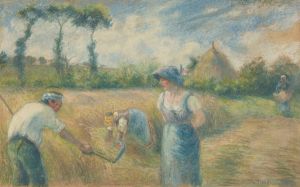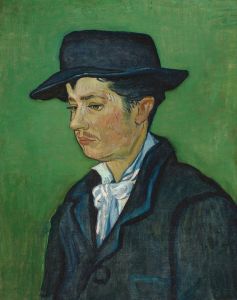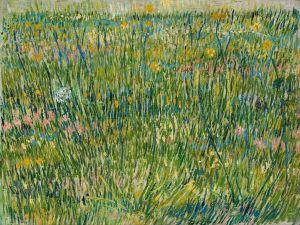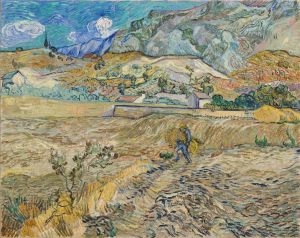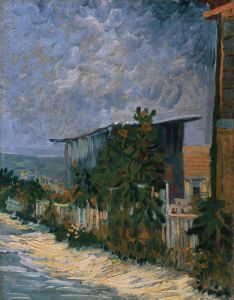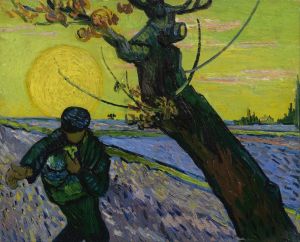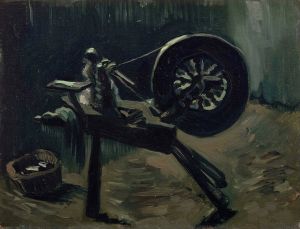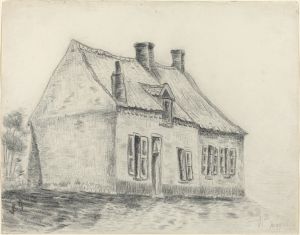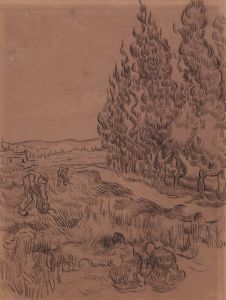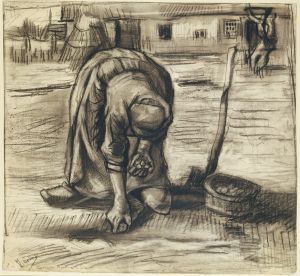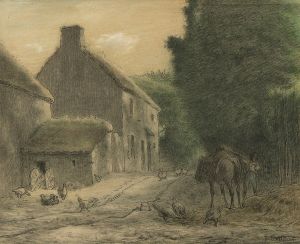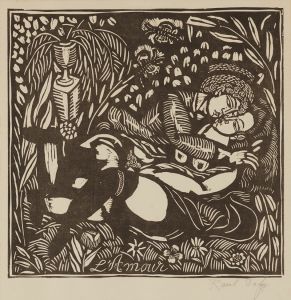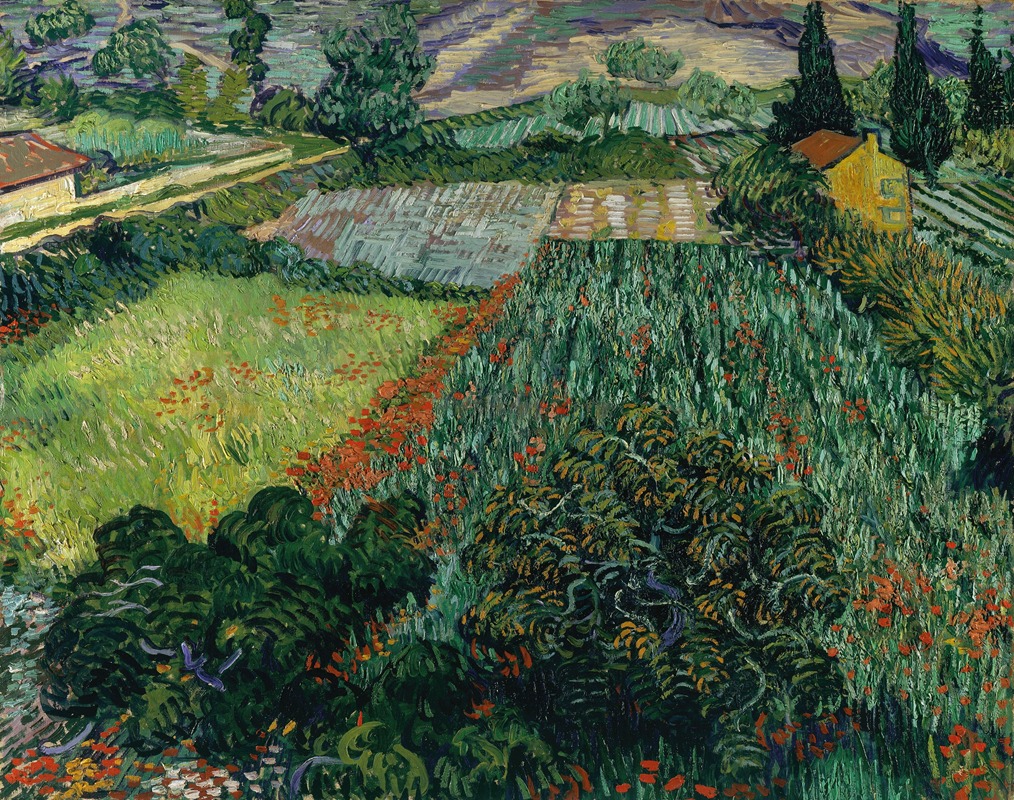
Field with Poppies
A hand-painted replica of Vincent van Gogh’s masterpiece Field with Poppies, meticulously crafted by professional artists to capture the true essence of the original. Each piece is created with museum-quality canvas and rare mineral pigments, carefully painted by experienced artists with delicate brushstrokes and rich, layered colors to perfectly recreate the texture of the original artwork. Unlike machine-printed reproductions, this hand-painted version brings the painting to life, infused with the artist’s emotions and skill in every stroke. Whether for personal collection or home decoration, it instantly elevates the artistic atmosphere of any space.
"Field with Poppies" is a painting by the renowned Dutch artist Vincent van Gogh, created in 1889 during his stay at the asylum in Saint-Rémy-de-Provence, France. This period is noted for its prolific output and the intense emotional and psychological depth reflected in van Gogh's works. The painting is a vibrant depiction of a field filled with poppies, showcasing van Gogh's characteristic use of bold colors and dynamic brushstrokes.
Van Gogh's time in Saint-Rémy was marked by both personal turmoil and artistic innovation. After a series of mental health crises, he voluntarily admitted himself to the asylum in May 1889. Despite his struggles, this period proved to be one of his most productive, as he created numerous paintings that are now considered masterpieces. "Field with Poppies" is one such work, exemplifying his ability to capture the beauty and emotion of the natural world.
The painting features a field dominated by the bright red of poppies, set against a backdrop of lush greenery and a clear blue sky. Van Gogh's use of color is particularly striking in this piece, with the vivid reds contrasting sharply with the greens and blues, creating a sense of vibrancy and life. The brushwork is dynamic and expressive, a hallmark of van Gogh's style, which conveys movement and energy.
"Field with Poppies" reflects van Gogh's fascination with the natural landscape and his desire to convey the emotional resonance of his surroundings. The poppy, often associated with sleep and death in various cultural contexts, may also symbolize van Gogh's own struggles and the fleeting nature of life. However, the painting itself is filled with light and vitality, suggesting a sense of hope and renewal.
During his time in Saint-Rémy, van Gogh was deeply influenced by the surrounding countryside, which provided endless inspiration for his work. He often painted en plein air, capturing the changing light and colors of the landscape. This connection to nature is evident in "Field with Poppies," where the natural world is depicted with both realism and emotional depth.
Van Gogh's technique in this painting, as in many others from this period, involves the use of thick, textured brushstrokes, known as impasto. This method adds a tactile quality to the work, inviting viewers to engage with the painting on a sensory level. The impasto technique also enhances the intensity of the colors, making the poppies appear almost three-dimensional.
"Field with Poppies" is part of a larger body of work that van Gogh produced during his time in Saint-Rémy, which includes other notable paintings such as "The Starry Night" and "Irises." These works are characterized by their emotional intensity and innovative use of color and form, which have cemented van Gogh's legacy as one of the most influential figures in Western art.
Today, "Field with Poppies" is celebrated for its beauty and emotional depth, reflecting van Gogh's unique ability to transform the ordinary into the extraordinary. The painting serves as a testament to his enduring influence and the timeless appeal of his art.





